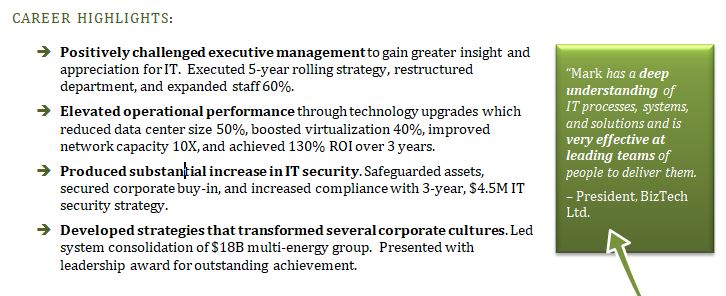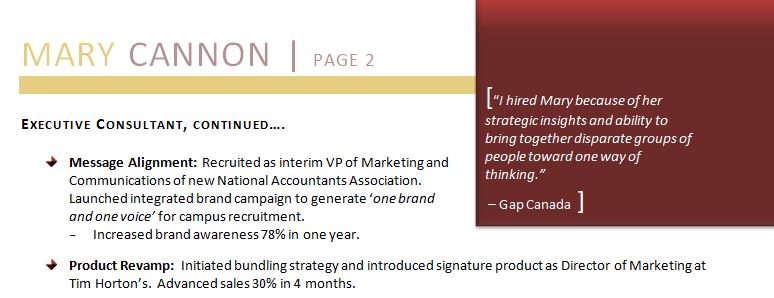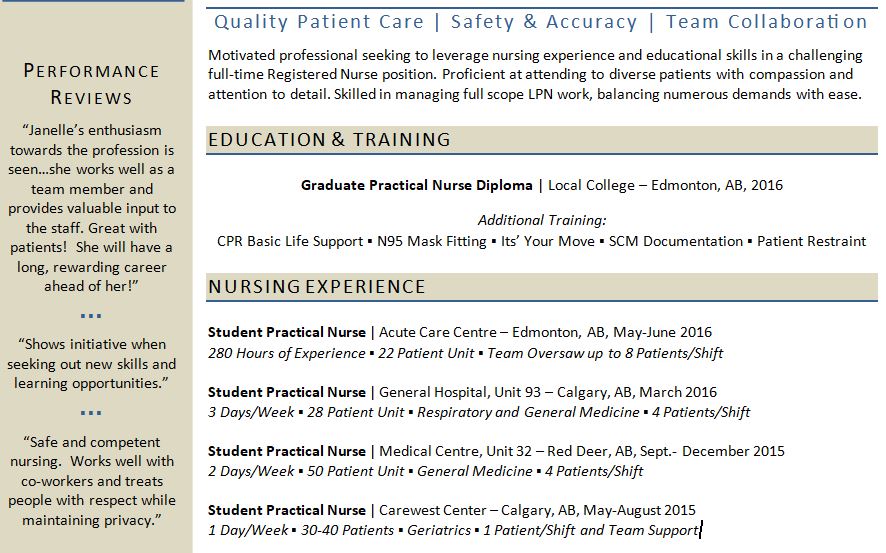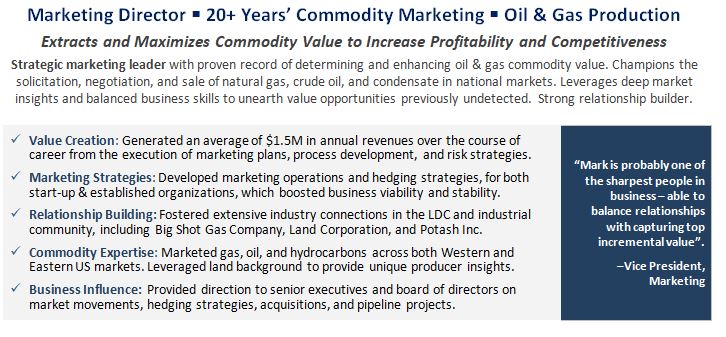
How to Add Testimonials To Your Resume

In a post about resume trends, I mentioned the rising popularity, and potential benefit, of adding testimonials into a resume. This one trend sure stirred up a lot of questions. Many people wrote to ask me: ‘what exactly are testimonials?’ and ‘how do I add a testimonial into my resume file?’.
To start, a testimonial comes from professional performance feedback. Details aren’t your words or your opinions; these statements are how others describe you and your abilities. In other words, these details are social proof – which can add both interest and credibility to your resume.
Testimonials, or professional feedback, can be found in performance reviews, emails, or formal recommendation letters.
Yet not all feedback is equal when it comes time to select the best snippet(s) for your resume. A testimonial that carries the most weight, and resonates the best, covers the following:
Comes from a respected source
No, your good friend telling you how awesome you are at your job in a text message doesn’t count. Strong sources include any form of higher-up (boss/supervisor/manager/CEO), customers or clients, or even work colleagues. Sometimes, where these people worked (the company itself) can be an interest-generator. However, anyone sharing feedback on your performance or abilities must have witnessed your skillsets in action first-hand.
Shares specifics about your work style/brand/value
A vague ‘Jane did an excellent job’ or ‘Joe really gave it his all’* are too general and don’t support unique offerings or personal brand. These generic lines do not share anything of value and are simply taking up precious resume space. Testimonials need specifics to give them more impact and worth, therefore a stronger statement might be “Jane delivered a sales and marketing strategy that helped propel our business to a previously unreached level of revenue.” ** If these testimonials were provided by a respected source, they might carry more weight, but it might be best to press the provider for more detail.
Reiterates strengths related to the job you want
Keep your audience in mind when selecting testimonials. What social proof can you provide readers that align with their needs? For example, maybe you are targeting a VP of sales role and your former CEO once sent you a praising email that thanked you for crushing all of your sales goals last year, which helped the company achieve revenue targets. This feedback is related, specific, and supportive.
Supports you
This should be a given, but it often isn’t. Avoid sharing testimonials because you feel you should…or without good reason. All details in your resume should support your candidacy in alignment with each target job. And yes, every testimonial should be focused on you (and not the performance of other people)! Remember that one testimonial may work very nicely for one job posting, but may not position you in the best light for another role. Be strategically selective.
Is short and concise
Typically, a testimonial is short and to the point: a few lines at most. If the original feedback was long (an entire letter or several paragraphs), you don’t have to share the entire thing. Carefully select and share only a sentence or two from the source that achieves all of the above-listed criteria. And don’t forget to reference who provided this feedback (CEO, Big Box Inc.).
How and where do you add testimonials into your resume?
Two rules of thumb.
First, only add one or two testimonials to the resume. Any more, and they could start to lose impact.
Second, integrate these snippets of feedback naturally and authentically around and within existing content. These tidbits of feedback are not the center of the show – they are supporting material. Give them a place in the file, but don’t let them overwhelm or distract from core resume content.
Truthfully, testimonials don’t need to be added to any one specific place or section in the resume. They can and should appear where it makes the most sense, so apply them with care.
Below are several examples of how I added testimonials to a resume. Each testimonial was strategically selected for the person, the target audience, how supportive the feedback was (on-brand), and/or the credibility of the person or company which provided it. Some testimonials are placed near the start of the file, and some are integrated within specific job experiences that the feedback relates to.






Remember, keep resume content authentic to you – including testimonials. Only use honest feedback in your resume that you can provide more details on (an exact source) if questioned.
Looking for help with developing a stand-out executive resume that helps you win a new, coveted leadership or executive position? I can help: www.careerimpressions.ca.


As important as testimonials is for clients to make better decisions, it sure is a great fuel in resume to be picked by an employer.
I love the idea of infusing it in our resume.
Now, the question is, how many should be better used in a resume 2 or 3 or just 1?
Love your article Adrienne.
_Matt
Thank you, Matt! I think the key with testimonials is to only use a few (I often only use 1 or 2 myself), ensuring they don’t distract or ‘steal the show’ but instead act as supporting pieces to the great content you want employers to really focus on (experience, skills, value).
Hi Adrienne – Love your blog and LI content! Quick question for you about putting testimonials on resumes. Must they be verbatim and within quotations? I suspect they do. I’m asking because I have a couple good testimonials that I would like to use, but they are not written very well (in my humble opinion). For example, I have one in particular that I would love to use on my resume, but have held off because it was sent as a recognition for me to my boss with our CISO and myself on copy. It is somewhat verbose and I’m struggling with how I can make it work for my resume. Is it OK to paraphrase? Your thoughts would be greatly appreciated – Thank you.
Great question Malinda. Typically I use testimonials as they are provided (exact words). If you want to use a bit of the beginning of some feedback and then a bit more near the end, but cut out some of the middle – I would use an ellipsis. For example: “Malinda helped our organization achieve big goals in 2019…she managed all projects…which boosted overall revenue.” This way you can pick out portions of the feedback and still tie them together into a shorter statement. Hope this helps!
Hi, Adrienne. Great article on how to make testimonials work for you when you’re looking for work! I interview my clients’ clients and write testimonials for their marketing. Occasionally, a job seeker will ask me to write testimonials of their clients, colleagues and former employers. I will share this formatting with them.